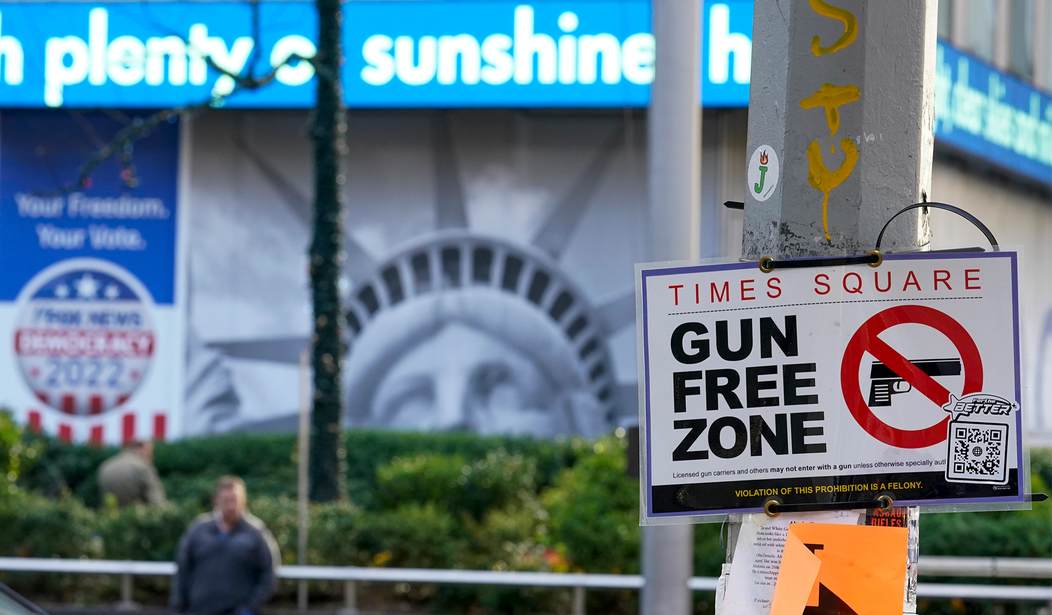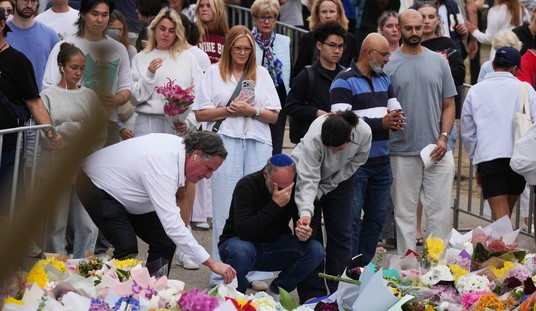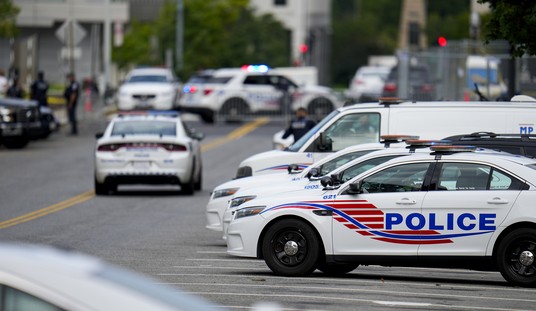Gun owners didn’t get complete vindication from a three-judge panel on the Second Circuit Court of Appeals, but the panel did uphold injunctions on several important parts of New York’s “Concealed Carry Improvement Act” in a decision released Friday morning.
The state’s default ban on carrying on private property cannot be enforced, according to the court, along with its social media disclosure requirement for concealed carry applicants. The court also ruled that New York’s ban on lawful concealed carry in places of worship cannot be enforced against Pastor Michael Spencer and the members of the Tabernacle Family Church, though other houses of worship remain subject to the prohibition.
That’s the good news. The bad news is that the Second Circuit panel ruled that most portions of the CCIA can be enforced, including the “good moral character” requirement for applicants. Though the panel recognized that subjective determinations of an individual’s moral character could be used to deny eligible applicants a carry license, the judges in essence concluded that unless or until it can be proven that licensing authorities are doing so, the statute is presumptively constitutional. That gives far more deference to the New York law than the Supreme Court showed in Bruen, but the Second Circuit seems intent on vesting authorities with the discretionary power to decide who gets to exercise their right to bear arms.
The undue deference the Second Circuit panel gave to New York is also on display when it comes to the issue of sensitive places. The panel upheld a prohibition on carrying in ” any location providing health, behavioral health, or chemical dep[e]ndance care or services”; reasoning that an “1837 Massachusetts militia law, an 1837 Maine militia law, and an 1843 Rhode Island militia law that each excluded people with intellectual disabilities, mental illnesses, and alcohol addictions from militia service” are “sufficiently established and representative to stand as analogues” to New York’s modern-day prohibition, though none of the laws in question date from the time the Second Amendment was ratified or the ratification of the Fourteenth Amendment in the 1860s and were present in just a handful of states.
the State argues that the statutes of Maine, Massachusetts, and Rhode Island, which prohibited those with mental illness, intellectual disabilities, and alcohol addiction from serving in militias, were aimed at protecting vulnerable populations from either misusing arms or having arms used against them. These statutes operated by preventing such individuals from serving in the militia. Similarly, the State claims that the tradition of regulating firearms in locations frequented by children, as exemplified by historical regulations prohibiting guns in schools, is motivated by the need to protect a vulnerable population. This category of laws operated by preventing the carriage of firearms in places of education or school rooms.
The three militia laws and the tradition of prohibiting firearms in schools are each “relevantly similar” to § 265.01-e(2)(b). The relevantly similar features of those statutes prohibiting firearms in schools are the burden they place on Second Amendment rights and the reason: prohibiting firearm carriage for the protection of vulnerable populations. The relevantly similar feature of the state militia laws is who has historically been considered to make up a vulnerable population justifying firearm regulation on their behalf, i.e., the mentally ill or those with substance use disorders.
In this case, both analogues surely suffice to validate our finding of the likely constitutionality of § 265.01-e(2)(b). Had the State pointed only to those laws prohibiting firearms in schools, the State would have had to demonstrate that individuals with behavioral and substance abuse disorders are sufficiently analogous to children protected by school carriage prohibitions, as the State cannot justify a sensitive location prohibition merely by designating a population as “vulnerable” and enacting a law purporting to protect them However, the evidence from the state militia laws that individuals with behavioral or substance dependence disorders have historically been viewed as a vulnerable population justifying firearm regulation makes such analogical reasoning unnecessary to our holding.
Likewise, had the State pointed only to the militia law analogues, which disarmed the members of the vulnerable population itself rather than others in proximity, it would have borne the burden of demonstrating that § 265.01- e(2)(b)—which disarms everyone in spaces where a vulnerable population is present—is consistent with or distinctly similar to a historical tradition. In sum, the State’s evidence establishes a tradition of prohibiting firearms in locations congregated by vulnerable populations and a concomitant tradition of considering those with behavioral and substance dependence disorders to constitute a vulnerable population justifying firearm regulation. Section 265.01- e(2)(b) is consistent with these traditions.
The biggest problem with the reasoning used by the panel here is that the Supreme Court has rejected the idea that a sensitive place can be defined as any place where “vulnerable populations” like kids may be present. If that were the standard, then New York City really could have declared the entire island of Manhattan one big “gun-free zone”, but the Court rejected the idea that “sensitive places” where the government may lawfully disarm law-abiding citizens include all “places where people typically congregate and where law-enforcement and other public-safety professionals are presumptively available.”
Though the state is the recipient of this deferential treatment throughout the court’s opinion, there are definitely some wins in today’s decision, most notably the panel’s conclusion that New York’s default ban on carrying on private property isn’t likely to pass constitutional muster. And as the Firearms Policy Coalition pointed out, today’s decision is based on a request for injunctive relief, and the constitutionality of the challenged portions of the Concealed Carry Improvement Act have yet to be ultimately decided.
In other words, if we didn't block it, that doesn't mean the State won. It means more work needs to be done, and there are still questions to be answered.
— Firearms Policy Coalition (@gunpolicy) December 8, 2023
This is the end of one chapter, in other words, but it’s not the end of the story when it comes to the challenges to the CCIA and the fight to restore the right to bear arms in the Empire State.









Join the conversation as a VIP Member